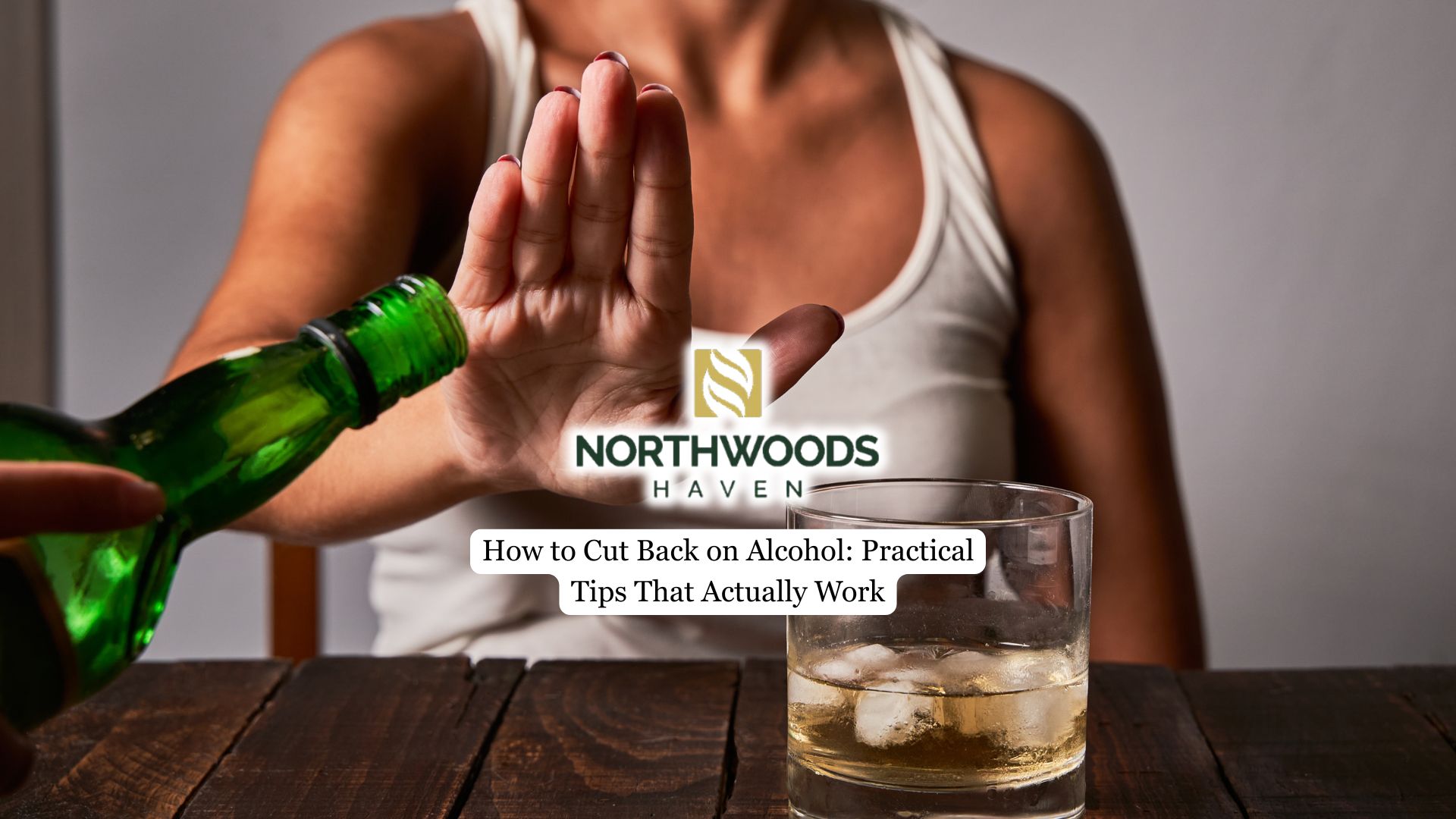Cutting back is challenging, especially when drinking has become part of daily routines or a way to cope with stress. Many people reach a point where they can’t ignore how it’s affecting their sleep, focus, or overall well-being.
In this article, we’ll explain the practical, realistic strategies to reduce your consumption, understand what drives cravings, spot early warning signs of unhealthy patterns, and determine when it may be time to consider professional help.
Understand Why You Want to Cut Back
Reducing drinking begins with understanding the reasons behind the decision. Some people want better sleep, improved energy, or fewer long-term health concerns. Others start to see how it affects their relationships, mood, confidence, or performance at work. When you clearly define what you hope to gain, it becomes easier to stay committed, especially on days when old habits feel familiar or tempting.
A clear reason makes it easier to stay committed during challenging moments. Taking time to write down these motivations, reflecting on how drinking fits into your daily routine, or talking through your goals with someone you trust can make the process feel more intentional. As you observe your habits more closely, you may begin to notice specific triggers, stress, certain social settings, or end-of-day routines that make cutting back harder than expected. If these patterns become difficult to handle on your own or start impacting your well-being in deeper ways, it may be the right moment to enter an alcohol rehab program, which will offer the guidance, tools, and accountability needed to move toward healthier sobriety.
Identify Habits and Triggers
Understanding what leads you to drink is a key step toward change. Triggers look different for everyone. Some people reach for it when stressed, bored, or emotionally overwhelmed. Others drink more in social situations or after long workdays. Observing when cravings show up helps you predict difficult moments and plan.
It may help to track for a short period to see how routines connect with cravings. This is not about judgment but awareness, as this allows you to make targeted changes, such as limiting certain situations, finding alternative activities, or choosing where you spend your time. When cravings appear more often or become harder to ignore, these may be early warning signs of alcoholism. Watch for behaviors such as drinking more than intended, hiding alcohol use, or feeling uneasy when trying to cut back. These shifts can be a signal that your habits are becoming harder to manage.
Create Practical Strategies for Managing Cravings
Cravings often feel urgent, yet they usually pass when you interrupt the moment. One effective approach is to delay the urge. Give yourself a short window and focus on something that shifts your attention, like stepping outside, preparing food, or contacting someone who understands your goals. These small pauses help weaken automatic habits.
Another effective strategy is replacing the routine linked to drinking. If evenings are difficult, try a calming activity such as stretching, journaling, or making a non‑alcoholic drink. These adjustments give your brain something new to expect during moments when cravings usually appear. If cravings are strong or frequent, this may indicate that your relationship with alcohol has reached a point where outside help could be beneficial.

Set Realistic Drinking Limits and Build New Routines
Setting clear limits makes progress easier to maintain. Decide how often you want to drink, how much, and in which situations you expect to avoid it. Keeping these goals specific increases your chance of staying alcohol-free. It also helps you notice early signs that habits are slipping. Creating new routines makes it easier to follow these limits. You might rearrange your evening schedule, plan activities that don’t involve alcohol, or spend time with people who support your decision to cut back. When routines shift, old habits lose strength.
Once you notice yourself making excuses to drink, returning to old routines, or feeling drawn back into familiar triggers, these may be signs you’re drinking again in a way that works against your goals. This insight makes it easier to step in early, adjust your surroundings again, or seek more professional help before things escalate.
Know When It’s Time to Seek Treatment
Cutting back works for many people, but there are moments when reducing alcohol use on your own becomes too difficult or unsafe. Strong cravings, drinking more than intended, or feeling shaky or unwell when trying to cut back are early signs that extra help may be needed. Emotional changes, including irritability, anxiety, or relying on consuming alcohol just to feel steady, can also signal that it’s time to look beyond self-managed strategies.
In these situations, treatment options such as inpatient care or intensive outpatient programs can offer more reliable guidance. These programs offer counseling, group sessions, and relapse-prevention work several times a week without requiring you to stay overnight. Both approaches help address cravings, behavior patterns, and underlying stressors in a way that is often difficult to manage alone. Choosing treatment isn’t a sign of failure, as it’s recognizing that the right level of care can make progress easier and safer.
Final Thoughts from Northwoods Haven Recovery
Reducing alcohol use becomes more manageable when you understand your motivations and follow steady, practical steps. Simple strategies, such as tracking habits, setting limits, creating new routines, and preparing for social events, can lead to meaningful progress.
At Northwoods Haven Recovery, we offer guidance for individuals who need treatment for drinking-related challenges. Our alcohol rehab program in Minneapolis, MN, provides care that emphasizes safety, education, and long-term wellness. If drinking has begun to affect your daily life, opting for the professional help we offer can give you a clear path toward healthier living.


